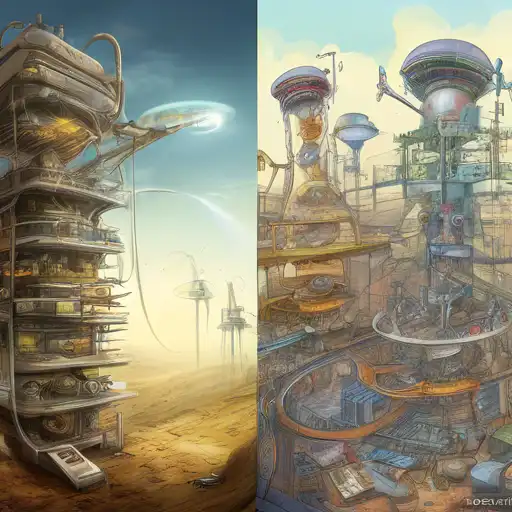Introduction to Software Development Methodologies
In the ever-evolving world of technology, choosing the right software development methodology is crucial for the success of any project. This guide compares the most popular methodologies, helping you understand their strengths, weaknesses, and best use cases.
Waterfall Methodology
The Waterfall model is one of the oldest and most straightforward methodologies. It follows a linear and sequential approach, where each phase must be completed before the next begins. This makes it easy to understand and manage but lacks flexibility for changes once the project has started.
Agile Methodology
Agile is a flexible and iterative approach that focuses on customer satisfaction through early and continuous delivery of valuable software. It encourages adaptive planning, evolutionary development, and rapid response to change, making it ideal for projects with uncertain or changing requirements.
DevOps Methodology
DevOps is not just a methodology but a culture that emphasizes collaboration between development and operations teams. It aims to shorten the development lifecycle while delivering features, fixes, and updates frequently in close alignment with business objectives.
Scrum Framework
Scrum is a subset of Agile that focuses on managing tasks within a team-based development environment. It is characterized by sprints, which are fixed-length iterations, usually lasting two to four weeks, allowing teams to deliver software regularly.
Kanban Methodology
Kanban is another Agile framework that visualizes the workflow to identify bottlenecks early and improve efficiency. Unlike Scrum, Kanban does not work in sprints but focuses on continuous delivery.
Choosing the Right Methodology
Selecting the right software development methodology depends on various factors, including project size, team size, and customer involvement. For instance, Waterfall might be suitable for projects with well-defined requirements, while Agile or Scrum could be better for projects requiring flexibility.
Conclusion
Understanding the differences between these methodologies is essential for any software development project. By comparing their features, teams can choose the most appropriate approach to meet their project goals and deliver high-quality software efficiently.
For more insights into software development practices, check out our guide on Agile vs. Waterfall and how to implement them in your projects.
